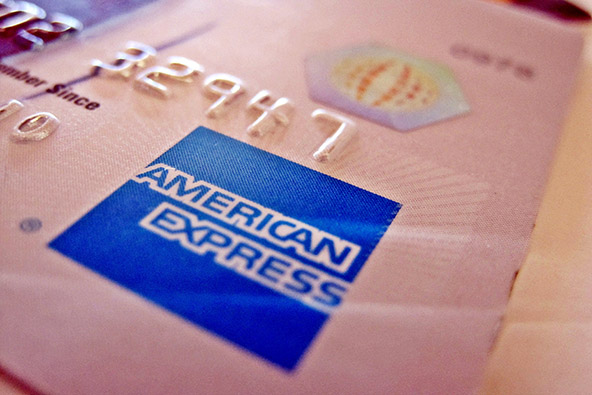4 Gift Card Rules Everyone Should Know

The CARD Act of 2009 was a truly comprehensive reform that fundamentally changed the way credit card companies do business. It is best known for the restrictions its provisions placed on credit card-related practices, including a requirement for the contract terms to be clearly spelled out and disclosed, as well as to be made publicly available on the internet, placing an upper limit on penalty fees, prohibiting retroactive interest rate increases due to “any time, any reason” or “universal default,” banning issuers from charging multiple fees for the same violation, etc.
What is less well known is that the CARD Act also featured rules for stored-value and gift cards. These changes have been in force for more than a year now (since August 22, 2010, to be precise), so it’s about time we wrote about them.
Which Cards Are Covered by the New Rules?
Not all types of prepaid cards are covered by the CARD Act‘s gift card provisions and you need to be able to distinguish among them. The ones that are covered include:
- Gift cards that can be used only at a particular merchant or group of stores, such as a department store and a book retailer.
- Gift cards bearing a MasterCard, Visa, American Express, or Discover brand logo. These cards can be used wherever the brand whose logo they display is accepted. However, not all prepaid cards featuring a brand logo are covered (see below for details).
- Reloadable prepaid cards. Gift cards cannot be reloaded (although the Walmart gift card can be reloaded, which makes it a special case). A reloadable prepaid card bearing a MasterCard, Visa, American Express, or Discover brand logo is considered to be a checking account substitute and is not covered.
- Cards given as a reward or as part of a promotion. If, for example, you are given a free $25 gift card by a store for some reason, that card, although it may be a gift card, is not covered by the CARD Act protections.
The new rules do not apply to the following types of cards:
Now that you know which cards are covered by the rules and which are not, let’s take a look at the new protections themselves.
4 Gift Card Rules Everyone Should Know
Here is the list:
- The card must be good for at least five years. Your card must not expire for at least five years from the date it is purchased.
- Unspent money may be good after the card expires. The rule says that when your gift card expires, any unspent money you may still have on it does not necessarily have to expire with it. Although the card can no longer be used, because as any other payment card it is invalid past its expiration date, the unspent amount can be transferred to a replacement card, which you can request at no charge.
- All fees must be disclosed. This is a theme that goes through the entire CARD Act. All gift card fees must be clearly disclosed on the card itself or on its packaging.
- Fees are limited. The CARD Act limits gift card-related fees, which typically can be charged if:
- You haven’t used the card for at least one year, and
- You are only charged one fee per month.
The restrictions apply to the following fees:- Inactivity or dormancy fees.
- Card usage fees (applied when you do use your card).
- Fees for adding funds to your card. I am not sure what to make of this one, as reloadable cards are excluded from the Act’s protections.
- Maintenance fees.
Other fees can still be charged, including for example a fee to purchase a card or to replace a lost or stolen one.
The Takeaway
Perhaps the most important change brought about by the sweeping CARD Act was the requirement for issuers to make all information about their products freely and easily available to consumers, which helps them make informed buying decisions.
Arguably, gift card users were the biggest beneficiaries of the information disclosure mandate. Not only are now all gift card-related fees greatly restricted, but whatever charges there still remain are prominently disclosed at the time of purchase. Make sure you read the terms and understand what all applicable fees are. There is no excuse for not doing so.
Image credit: Flickr / 401(K) 2013.


